The Significance of Mythical Creatures in Different Cultures
Mythical creatures are fascinating and
intriguing beings that have captured the imagination of people from different
cultures throughout history. These creatures are often depicted as having
supernatural powers and abilities, and they play significant roles in the
myths, legends, and folklore of various cultures worldwide. In this blog, we
will explore the significance of mythical creatures in different cultures.
Dragons:
Dragons are perhaps the most well-known mythical
creatures in the world, and they have been featured in the folklore of many
cultures throughout history. In Chinese culture, dragons are revered as symbols
of good fortune and prosperity. They are often depicted as benevolent creatures
that bring rain and good luck to the land. In contrast, in Western cultures,
dragons are often portrayed as fierce beasts that are feared and loathed. They
are often associated with evil and destruction, and they are commonly depicted
as the enemy of knights and heroes in medieval stories.
Unicorns:
Unicorns are mythical creatures that are often
associated with purity, innocence, and grace. In Western culture, unicorns are
often depicted as beautiful white horses with a single, spiraled horn on their
forehead. They are often associated with magic and enchantment and are believed
to possess the power to heal and purify. In many cultures, unicorns are seen as
symbols of virtue and grace.
Mermaids:
Mermaids are mythical creatures that are
half-human and half-fish. They are often associated with the sea and are
believed to be able to control the waves and the tides. In many cultures,
mermaids are seen as symbols of femininity, beauty, and seduction. They are
often portrayed as alluring creatures that lure sailors to their deaths, but
they are also seen as protectors of the sea and its creatures.
Phoenix:
The phoenix is a mythical creature that is often
associated with fire and rebirth. In many cultures, the phoenix is believed to
be immortal and is said to rise from the ashes of its own destruction. In
Chinese culture, the phoenix is often depicted as a symbol of the empress,
while in Western cultures, the phoenix is associated with the sun and is often
seen as a symbol of renewal and rebirth.
Kraken:
The Kraken is a mythical sea monster that is
often depicted as a giant octopus or squid. It is believed to dwell in the
depths of the ocean and is said to be capable of capsizing ships and devouring
sailors. In Norse mythology, the Kraken is seen as a destructive force that can
cause tidal waves and earthquakes. In many cultures, the Kraken is associated
with the mysterious and dangerous nature of the ocean.
In conclusion, mythical
creatures play significant roles in the myths, legends, and folklore of different
cultures worldwide. They represent different concepts and ideas, from good
fortune and prosperity to destruction and danger. Despite the differences in
their depictions and meanings, they all share a common thread of fascination
and intrigue that has captured the human imagination for centuries.
In addition to the
above-mentioned mythical creatures, there are many other fascinating creatures
that hold significance in different cultures. Here are a few more examples:
Centaur:
A centaur is a mythical creature that is
half-human and half-horse. In Greek mythology, centaurs were depicted as wild
and savage creatures, but in other cultures, they were seen as noble and wise.
They are often associated with hunting and archery.
Sphinx:
The Sphinx is a mythical creature with the head
of a human and the body of a lion. It is often depicted as a guardian and a
riddle-master. In Egyptian mythology, the Sphinx is associated with the god
Horus, while in Greek mythology, the Sphinx is associated with the city of
Thebes and the hero Oedipus.
Yeti:
The Yeti, also known as the Abominable Snowman,
is a mythical creature that is said to live in the Himalayan region. It is
often described as a large, ape-like creature that is covered in white fur. In
Tibetan and Nepalese culture, the Yeti is believed to be a spiritual being that
has the power to protect the mountains and the people who live there.
Chimera:
The Chimera is a mythical creature that is made
up of different parts of other animals, such as a lion, a goat, and a snake. It
is often associated with fire and destruction. In Greek mythology, the Chimera
was slain by the hero Bellerophon, who rode on the back of the winged horse
Pegasus.
In conclusion, the
significance of mythical creatures in different cultures goes beyond their
physical appearance and abilities. They represent ideas, values, and beliefs
that are important to those cultures. Whether they are seen as protectors,
destroyers, or symbols of beauty and grace, mythical creatures continue to
captivate the imagination of people around the world, and their stories
continue to be told and retold through generations.
More elaboration:Mythical
creatures have held significant roles in different cultures for thousands of
years. They often represent values, beliefs, and ideas that are important to
those cultures. For example, dragons in Chinese culture are believed to
represent good luck and prosperity, while in Western cultures, dragons are
often associated with evil and danger. Unicorns, on the other hand, are often
seen as symbols of purity and grace in Western cultures, but they hold
different meanings in other cultures. In Middle Eastern cultures, unicorns are
believed to be powerful creatures that can grant wishes, while in Chinese
mythology, they are associated with the powers of healing and fertility.
The stories and legends surrounding mythical
creatures have been passed down through generations and have become an integral
part of many cultures. They often serve as a means of passing down important
values and lessons from one generation to another. For example, the Greek myth
of the Chimera is often seen as a warning against the dangers of pride and
arrogance. The creature's destruction was only possible through the hero
Bellerophon's humility and willingness to seek help from the gods.
Mythical creatures also serve as a means of
exploring the unknown and the mysterious. They embody the human desire to
understand the world around us, even in places where we cannot physically go.
The Kraken, for example, represents the mystery and danger of the ocean's
depths, while the Yeti embodies the mysteries of the snow-covered mountains.
Furthermore, many mythical creatures are
believed to possess supernatural powers and abilities. They are often seen as
protectors of the people and the land. For instance, in Native American
folklore, Thunderbirds are believed to be powerful protectors of the sky and
the earth. In Hindu mythology, Garuda, a bird-like creature, is believed to be
a protector of the gods and a symbol of strength and courage.
In conclusion, the significance of mythical
creatures in different cultures goes beyond their physical appearance and
abilities. They are a reflection of the beliefs, values, and ideas of those
cultures. Their stories have been passed down through generations and continue
to fascinate and intrigue people of all ages. Whether they are seen as
protectors, destroyers, or symbols of beauty and grace, mythical creatures
remain an important part of human culture and imagination.
Keywords = mythical creatures, cultural significance, legends, folklore, symbolism, supernatural, protectors, heroes, lessons, exploration, imagination, Mythical creatures, Cultural significance, Folklore, Legends and myths, Symbolism, Supernatural, Protection, Heroes, Life lessons, Exploration, Imagination, Mythology, Fantasy creatures, Diversity, Heritage, Art and design, Popular culture, Dragon, Unicorn, Phoenix, Mermaid, Griffin, Centaur, Sphinx, Yeti, Chimera
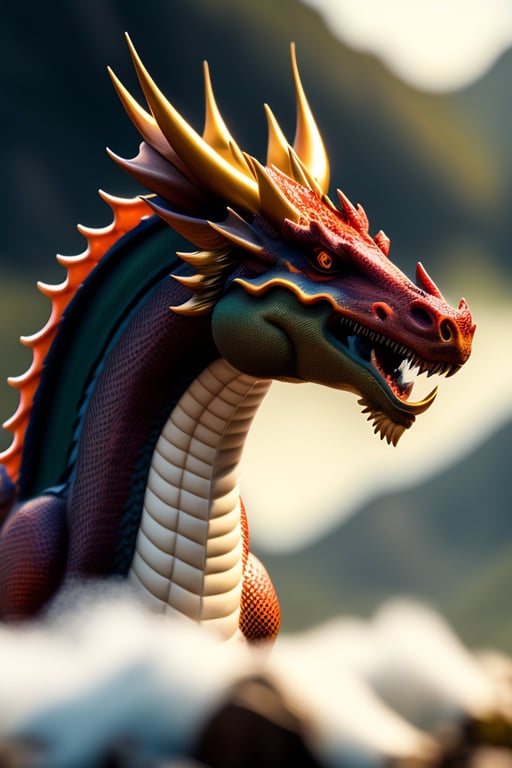
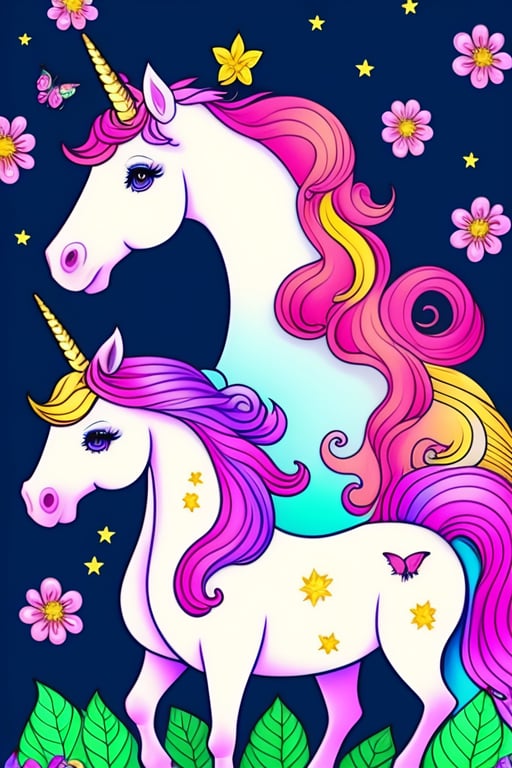

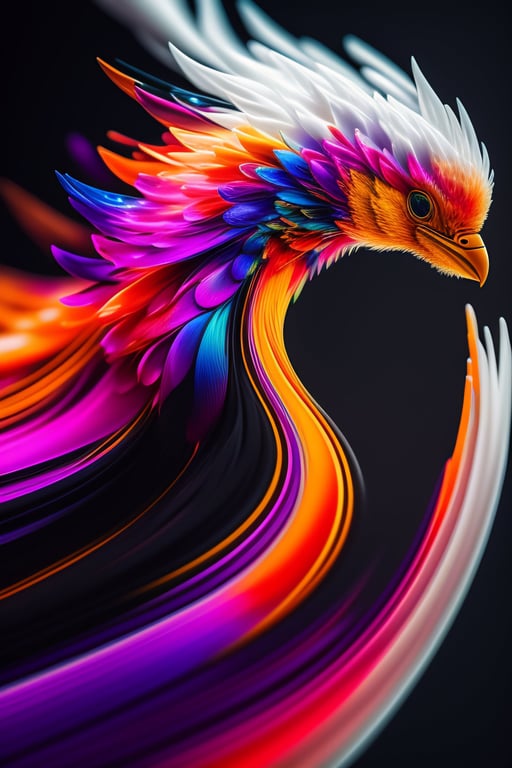
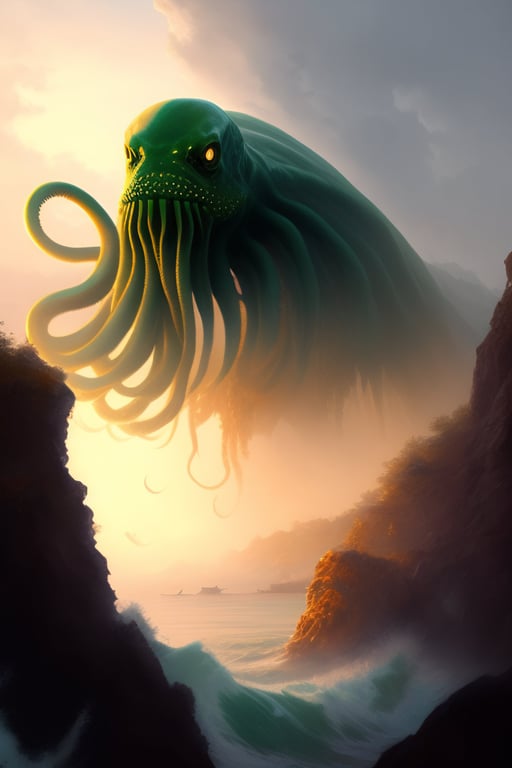
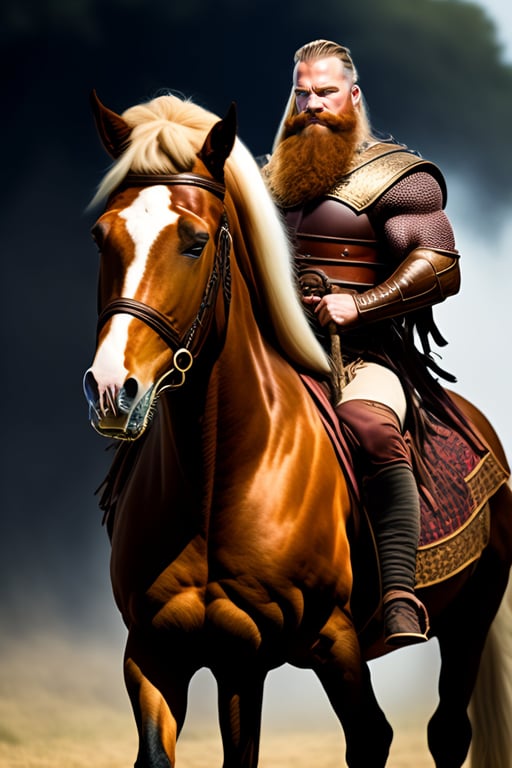
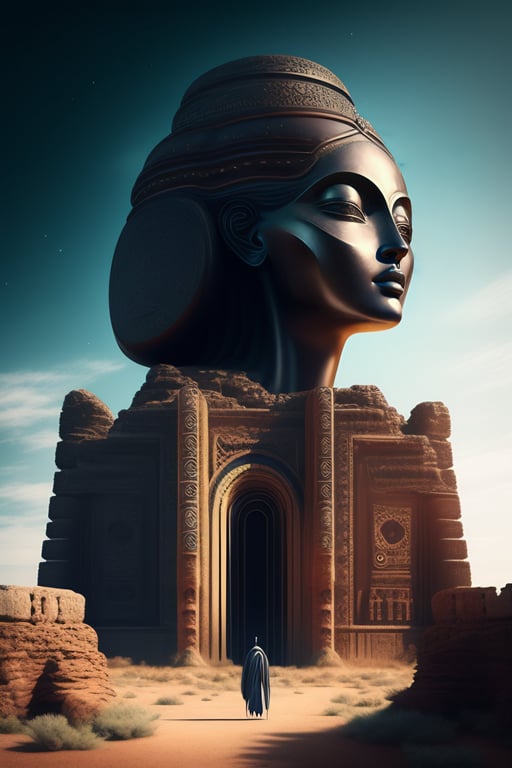

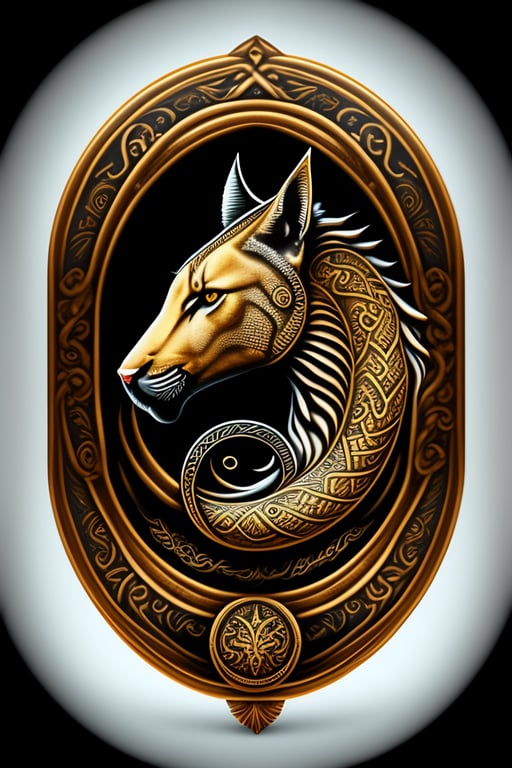
Comments
Post a Comment